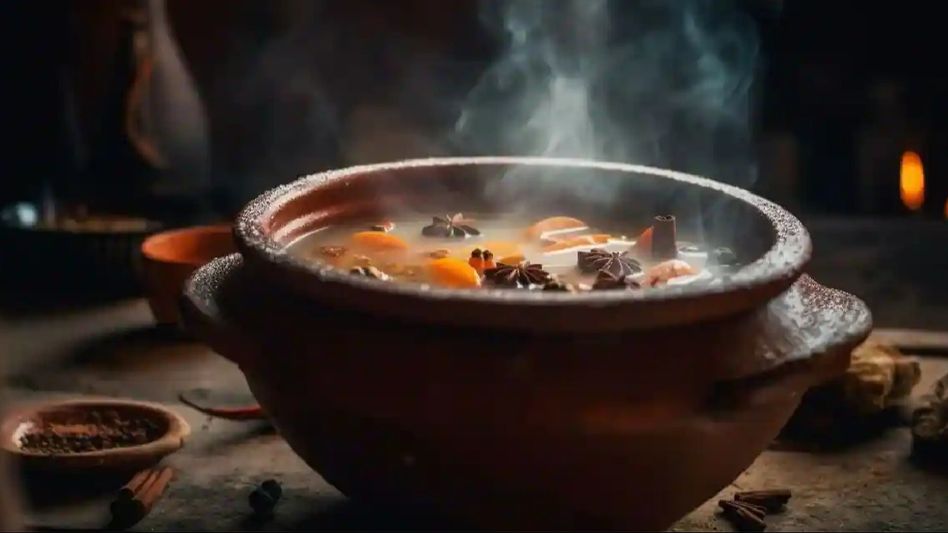Ancient cooking techniques of India that are making a comeback
In recent years, there has been a growing interest in reviving the rich culinary heritage of ancient Indian cooking techniques. These methods, which have been passed down through generations, are making a comeback as modern cooks seek to rediscover the flavors, health benefits, and cultural significance of traditional Indian cuisine.

In recent years, there has been a growing interest in reviving the rich culinary heritage of ancient Indian cooking techniques. These methods, which have been passed down through generations, are making a comeback as modern cooks seek to rediscover the flavors, health benefits, and cultural significance of traditional Indian cuisine.
One of the oldest cooking methods in India is the use of the tandoor, a traditional clay oven with roots in the Indian subcontinent and Central Asia. For thousands of years, it has been a crucial cooking method for both nomadic tribes and settled communities. The tandoor is renowned for its ability to grill meats like tandoori chicken and fish, imparting a distinct smoky flavor that is still celebrated in Indian dishes today.
Another ancient technique experiencing a resurgence is the art of slow cooking, or Dum Pukht. This method involves cooking ingredients over a low flame, allowing the spices and flavors to meld together harmoniously. Modern appliances such as slow cookers and electric pressure cookers have made it easier to replicate this technique, enabling the preparation of dishes like dal makhani with the same depth of flavor as those cooked over an open fire centuries ago.
Tempering, known as Chaunk or Tadka, is a technique used to add a deep flavor of spices to a dish. It involves heating whole or ground spices in hot oil or ghee until they release their essential oils, creating a rich base for many Indian recipes. This method is fundamental in Indian cooking and continues to be a staple in kitchens across the country.
Steaming, or Bhaap, is another traditional method that has stood the test of time. It is particularly useful for preparing delicate foods that might otherwise be overwhelmed by stronger cooking methods. Steamed dishes like idlis and dhoklas are not only delicious but also retain much of their nutritional value, making them a healthy choice.
The practice of pickling, or Balchao, is also making a comeback. This method preserves vegetables and fruits with spices and oil, extending their shelf life and enhancing their taste. Indian pickles are a testament to the ingenuity of ancient preservation techniques and remain a popular accompaniment to meals.
Furthermore, the use of whole spices, fresh ingredients, and natural sweeteners like honey or jaggery reflects the principles of ancient Indian cooking that are still relevant today. These practices emphasize healthful eating without relying on processed additives, aligning with contemporary dietary preferences for wholesome, unrefined foods.
Also read: How to get relief from constipation using home remedies? Check out the list here
Copyright©2025 Living Media India Limited. For reprint rights: Syndications Today









